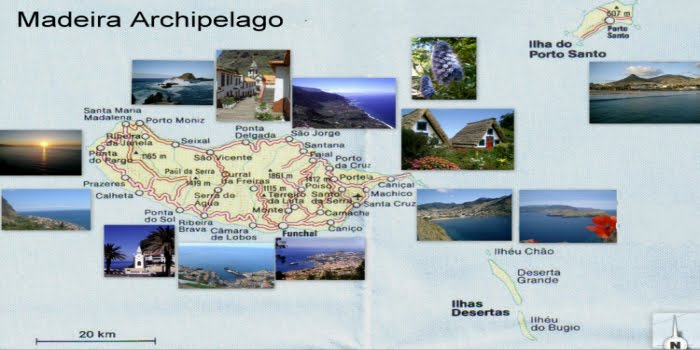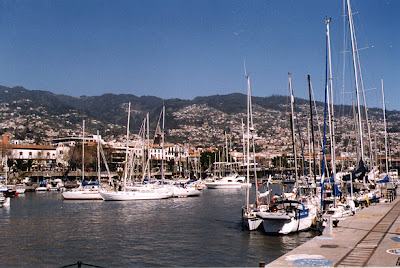“Funchal means “fennel” and the city`s name is said to derive from the abundance of fennel plants that Zarco, the island`s discoverer, found growing here when he arrived in 1420. Zarco chose this spot to found the future capital because of its sheltered natural harbour, which today is filled with every kind of vessel, from rusty container ships to luxurious cruise liners.” (pg. 31)
“Essential Madeira ” (2001), Hampshire: AA Publishing
































